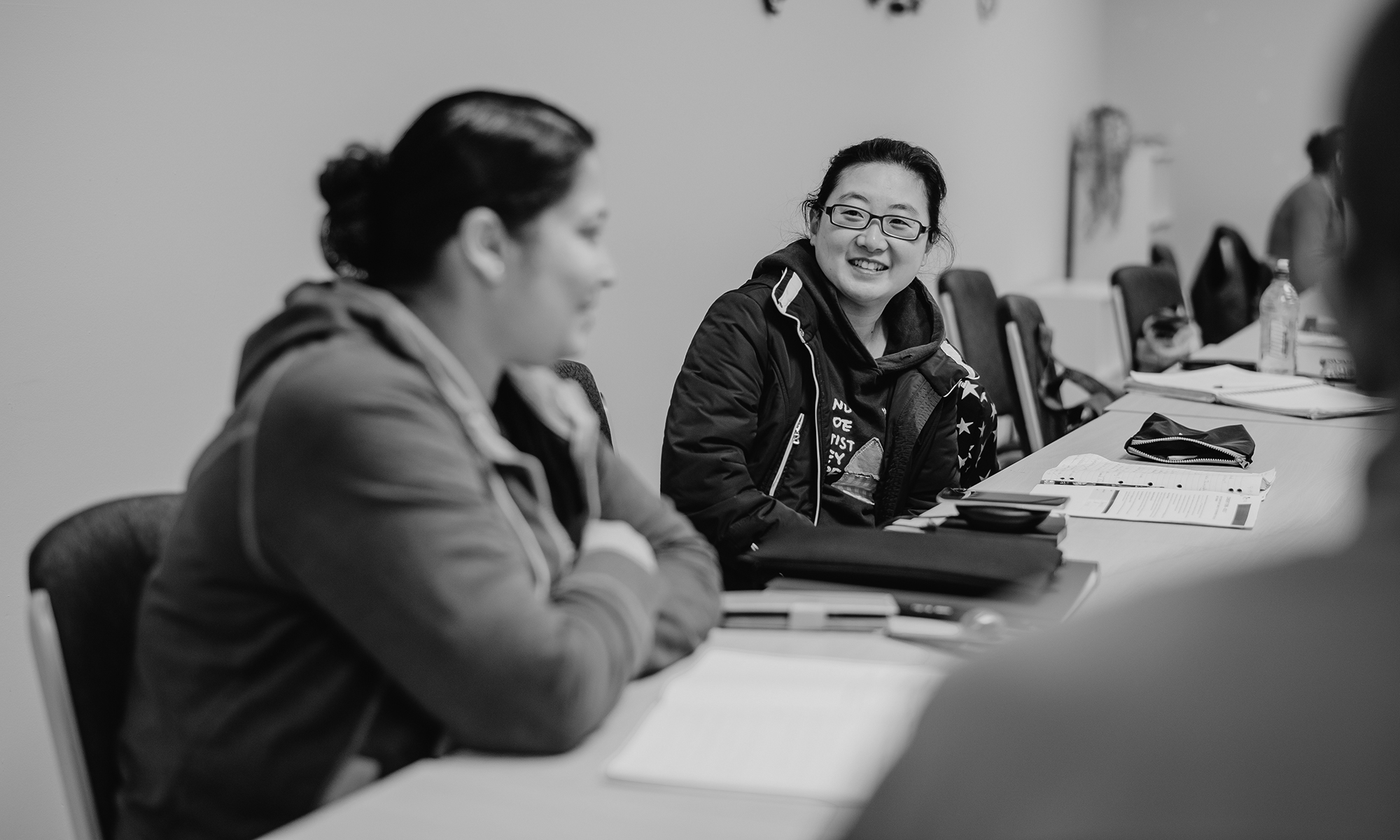Author: Annette Morante, Valerie Djenidi, Helene Clark & Susan West
Newcastle University
Edition: Volume 57, Number 2, July 2017
Summary: With enrolment and completion rates in the University of Newcastle’s online Open Foundation enabling program being considerably higher for women than for men, this case study investigates the engagement of male and female students in two different subject areas. History and Mathematics students’ online behaviour is examined to identify whether they differ and if there is a correlation between time spent online and student results. Is low-level, or no online interaction a problem or does it differ for the two genders, and the two subjects? It is generally accepted that women engage more but does this lead to higher results for them? Students do not always appreciate how different the world of online learning is, and, in addition, some experience difficulties in understanding how to use Blackboard effectively. By examining students’ online engagement we seek to identify the behaviours that lead to retention of students and ultimately to their successful completion of the program.
Keywords: gender, Blackboard, Higher Education, online learning, online participation
![]()
![]()
![]()
![]() Share a copy of this abstract.
Share a copy of this abstract.
This article is part of AJAL, Volume 57_2. The entire volume is available in .pdf for purchase here.
